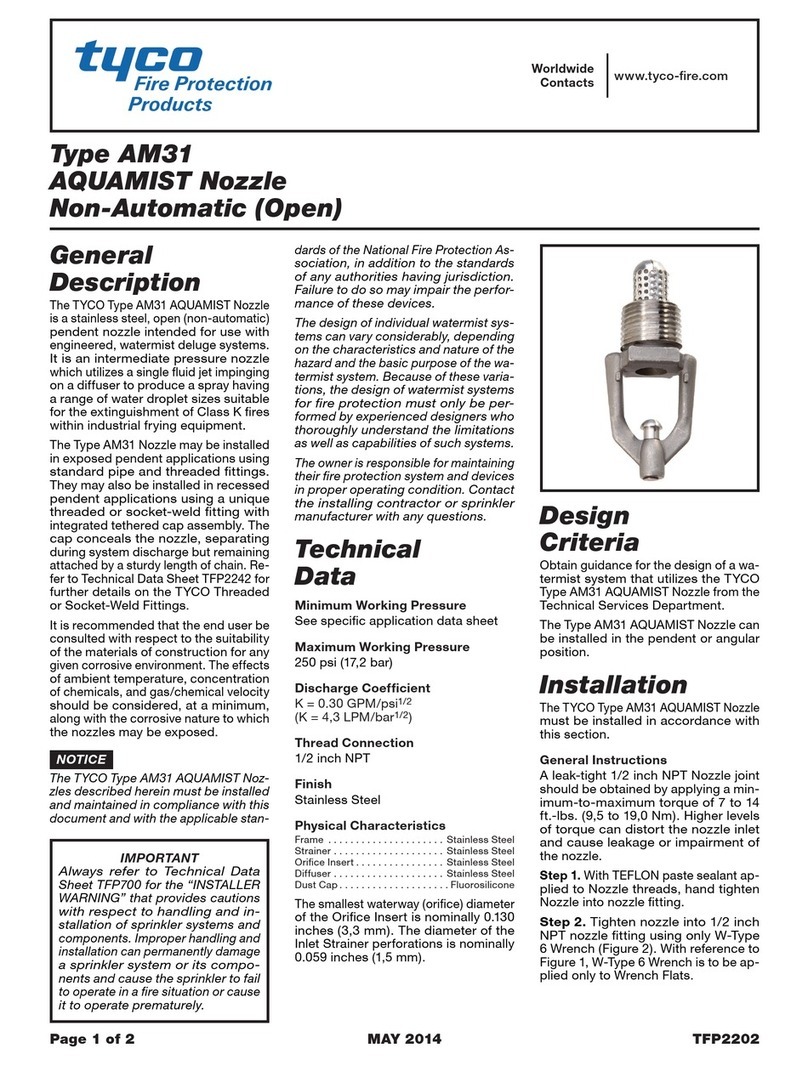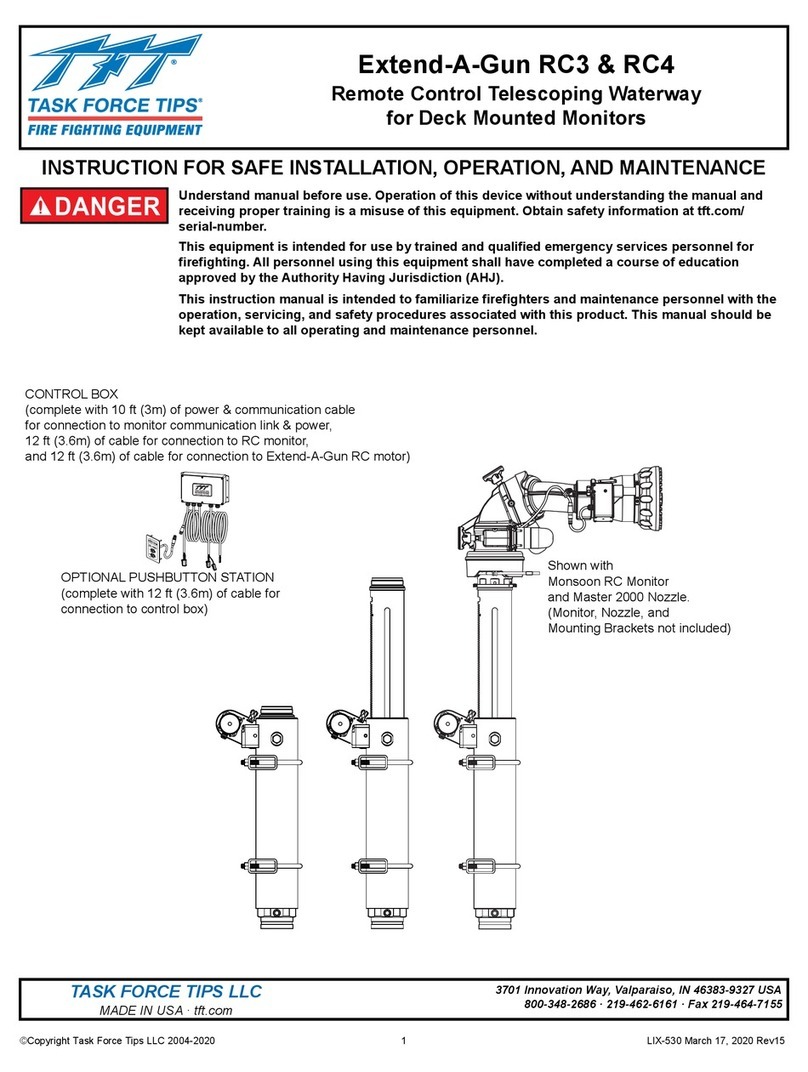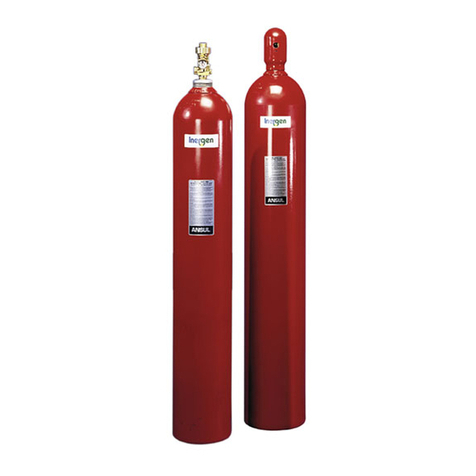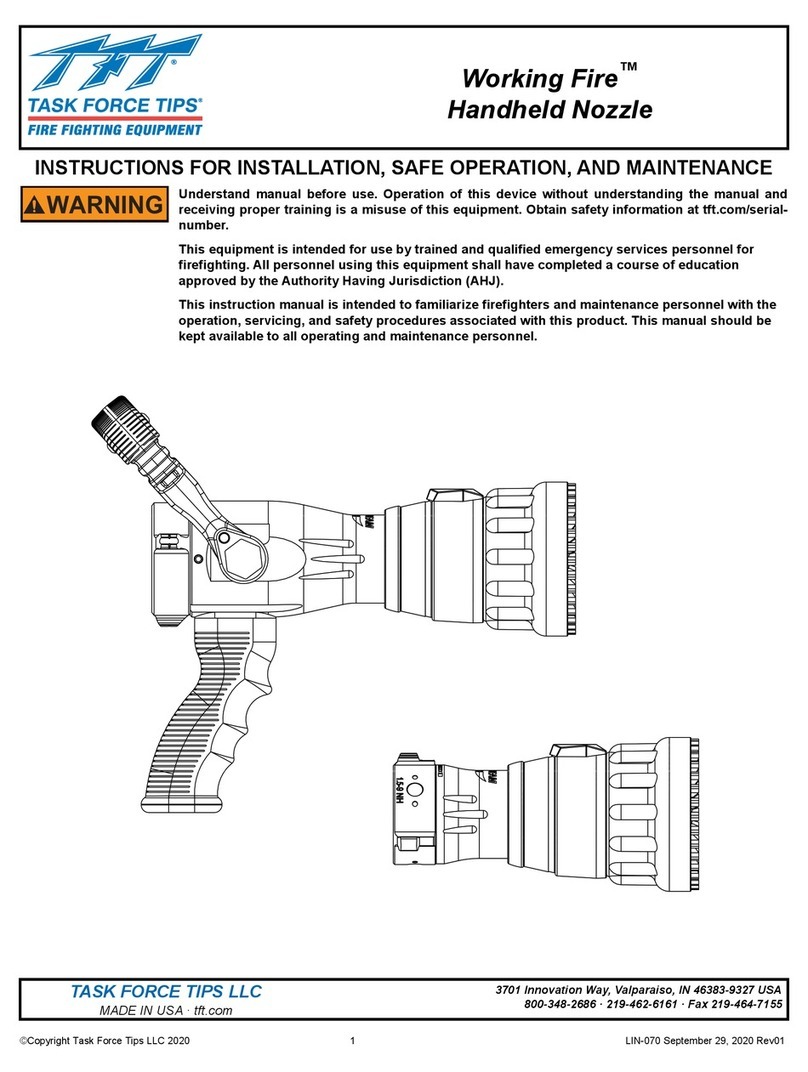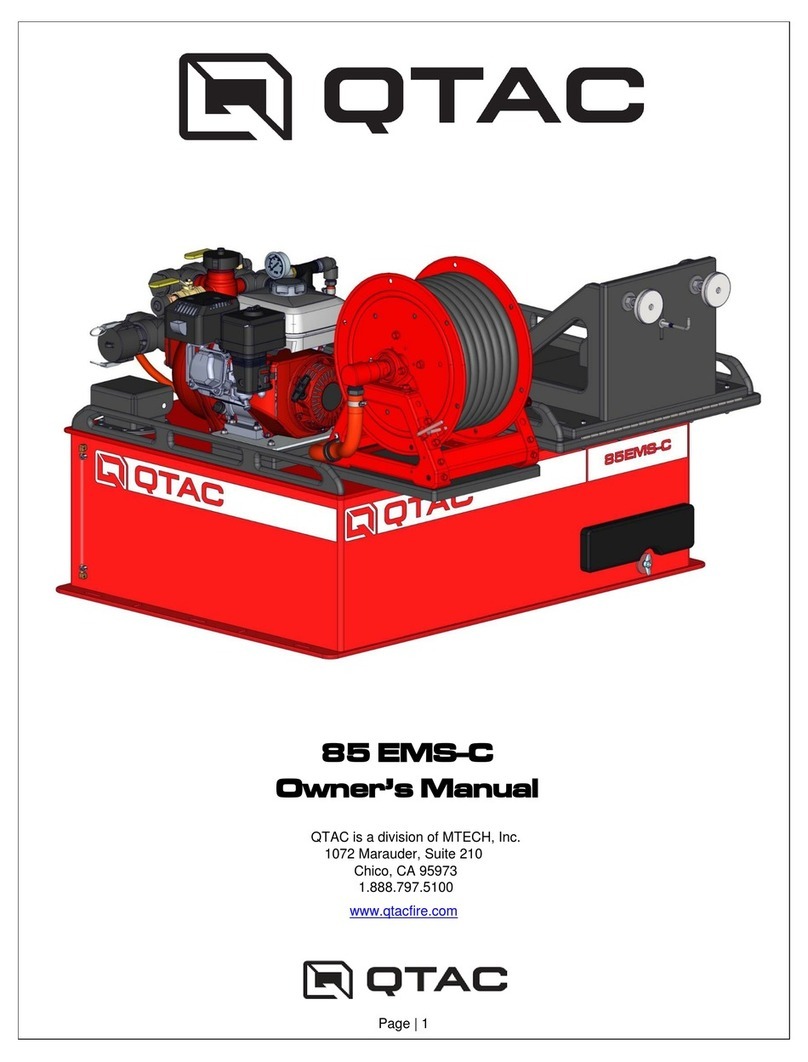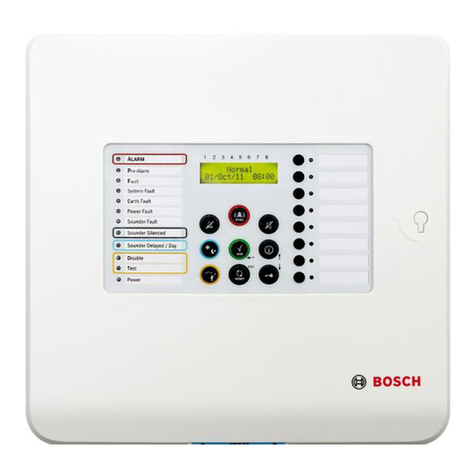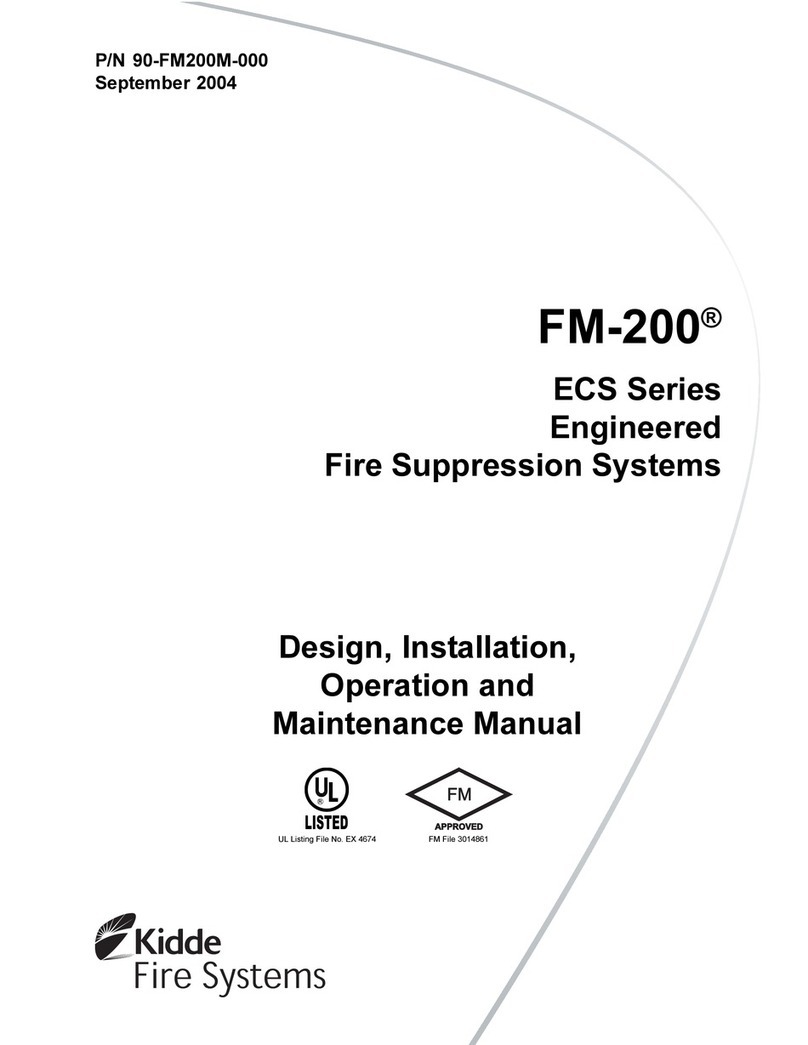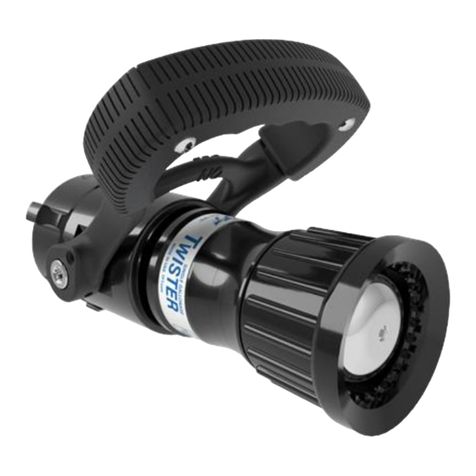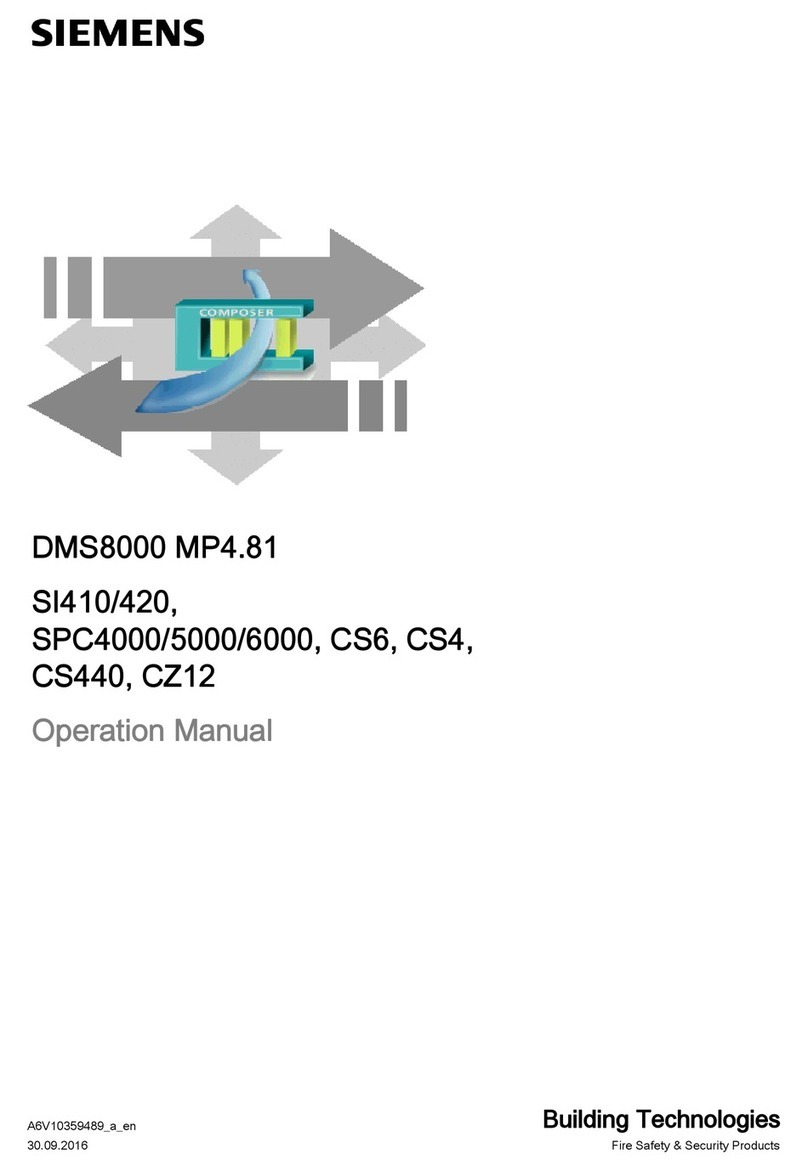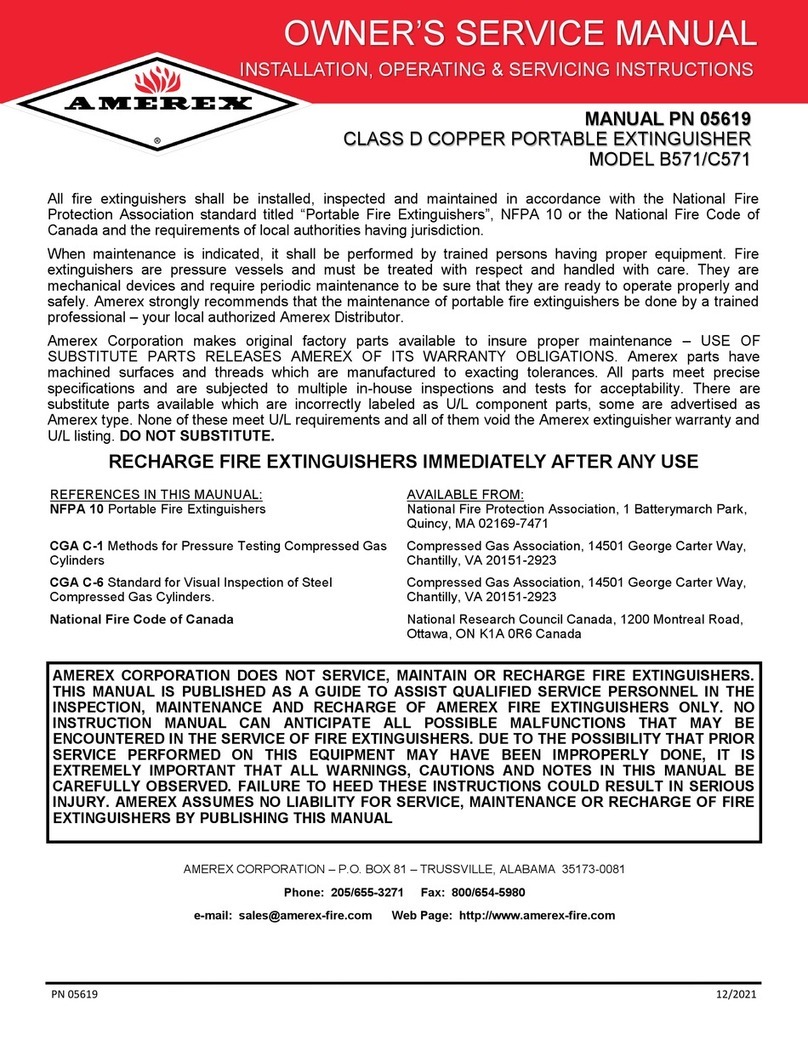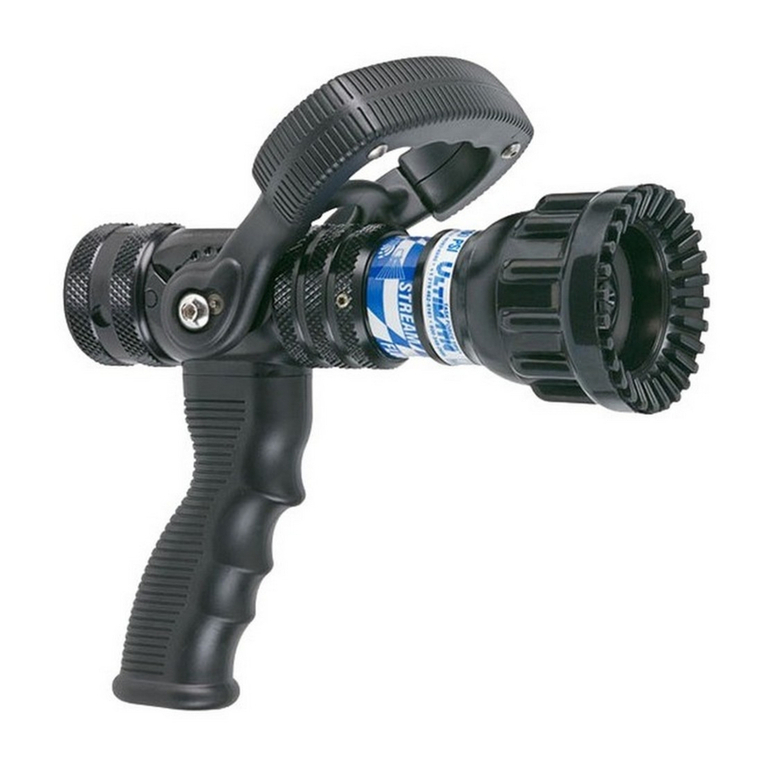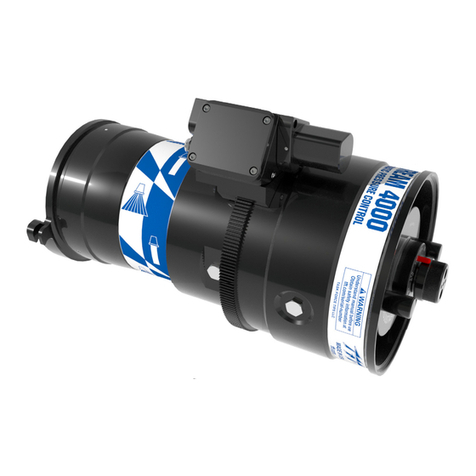
Table of Contents
System Description, Autroprime Interactive Fire Detection System, 116-P-APRIME-SYSTEMD/XGB 2007-10-10,
Autronica Fire and Security AS
Page 1
Table of Contents
1. Introduction.......................................................................3
1.1 About the Handbook .........................................................................3
1.2 The Reader .......................................................................................3
1.3 Reference Documentation ................................................................3
2. System Characteristics....................................................4
2.1 System Overview ..............................................................................4
2.2 Applications.......................................................................................5
2.3 System Functionality.........................................................................5
2.4 Compliance with Regulations and Standards...................................6
2.5 EN 54-2 Functionality List .................................................................6
2.5.1 Optional functions with requirements of this European
Standard..................................................................................6
2.5.2 Functions relating to other parts of EN 54..............................7
2.5.3 Ancillary functions not required by this European
Standard..................................................................................7
2.6 CE Marking Information ....................................................................8
2.7 Definitions..........................................................................................8
2.8 System Capacity ...............................................................................8
2.9 Detection Loops ................................................................................9
2.10 Zoning Concept.................................................................................9
2.10.1General ...................................................................................9
2.10.2Detection Zone........................................................................9
2.10.3Alarm Zone..............................................................................9
2.10.4Parent Alarm Zone..................................................................10
2.11 Configuration / Service......................................................................10
2.11.1Ready-to-use in a Pre-configured State .................................10
2.11.2Site-specific configuration.......................................................10
2.11.3Downloading / Uploading........................................................11
2.11.4Service ....................................................................................11
2.12 Communication Ports........................................................................11
2.13 Interfacing Peripheral Equipment......................................................11
2.14 Language Options.............................................................................12
2.15 Power Supply....................................................................................12
2.16 Environmental Requirements............................................................12
2.17 SelfVerify™ Function.........................................................................13
2.18 Operation Classes for different Detection Methods..........................13
2.19 Performance Classes for Environmental Adaptivity..........................14
2.20 Interactive Detectors with Dynamic Filtering (DYFI+).......................15
2.21 Built-in Short-circuit Isolator..............................................................16
